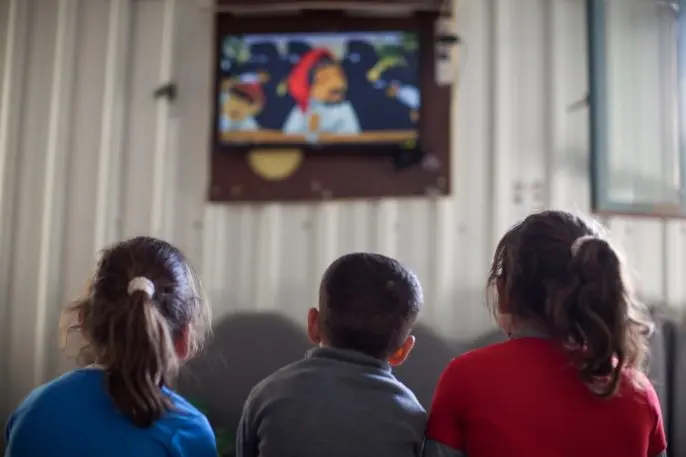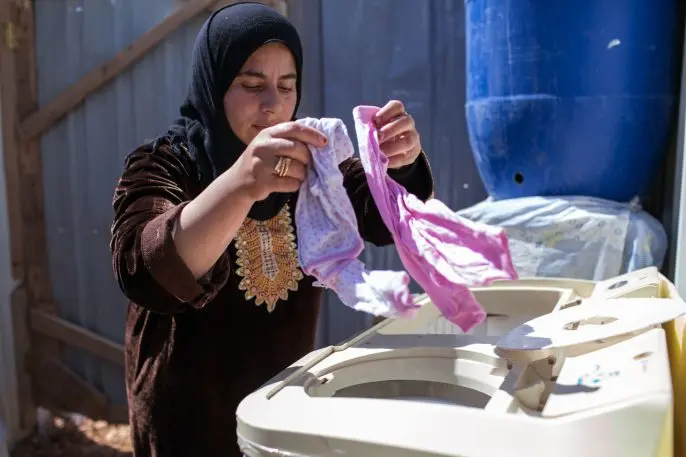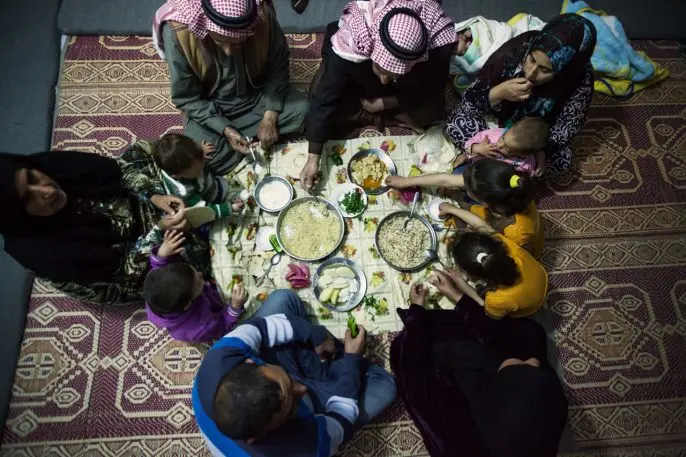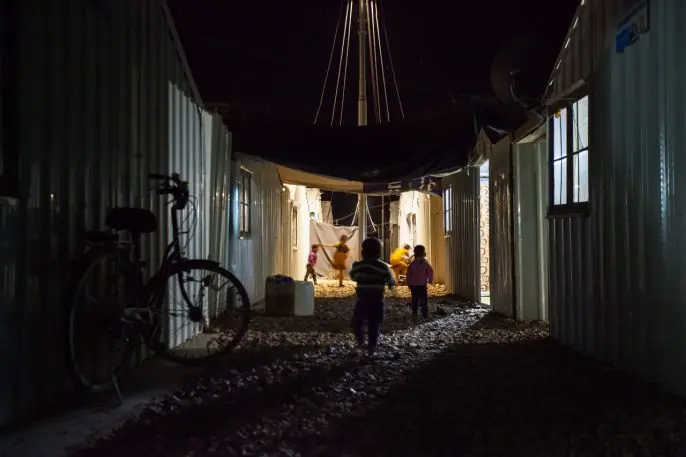When the temperature soared to 100 degrees in the Azraq refugee camp in Jordan last week, refugees living there could keep fans running inside their shelters. The camp, which had only sporadic access to electricity for its first two and a half years, is now home to the first solar farm in a refugee community.
The two-megawatt solar plant, funded by a donation from the Ikea Foundation, sends power into Jordan’s national grid, helping offset the electric bill for part of the camp, which is now connected to the grid. For 20,000 Syrian refugees living in two villages in the camp, power is free 24 hours a day. The plant will soon be scaled up to five megawatts to cover the needs of all of the camp’s 35,000 residents.

“In winter in Azraq it gets dark around 4 p.m.,” says Olga Sarrado Mur, a spokesperson for the U.N. refugee agency that runs the camp. “So it was about 11 hours in the dark without proper electricity. The summers are also very harsh here, very hot, so not having electricity means not having cold water, not being able to store their food properly, and not having a fan to cool down their shelter properly.”
In January 2017, two villages in the camp were connected to the national grid in Jordan. But because electricity in Jordan is expensive, the camp’s administrators knew that it wouldn’t be possible to pay to keep the power flowing continuously. (The camp paid for the electricity using some of its funds from the United Nations.) At the nearby Zaatari refugee camp, home to around 80,000 refugees, the camp can only afford to turn on electricity six hours a day. Solar power can change that.

The solar plant is expected to save $1.5 million a year in electricity bills, which the U.N. can invest in other projects to support refugees. Installing the solar panels also provided jobs for 50 refugees, some of whom will continue to have work maintaining the panels.

“Now that summer is here–it was 38 degrees [100 degrees Fahrenheit] today in Azraq–we see families already buying a fan, a fridge,” says Sarrado.

It’s a model that the U.N. thinks will work at other refugee camps. Another solar farm is already under construction at Zaatari refugee camp and will be complete by the end of the year. “It makes sense,” says Sarrado. “Especially in areas like Jordan where there are over 300 days of sun.”
Recognize your brand’s excellence by applying to this year’s Brands That Matter Awards before the early-rate deadline, May 3.
